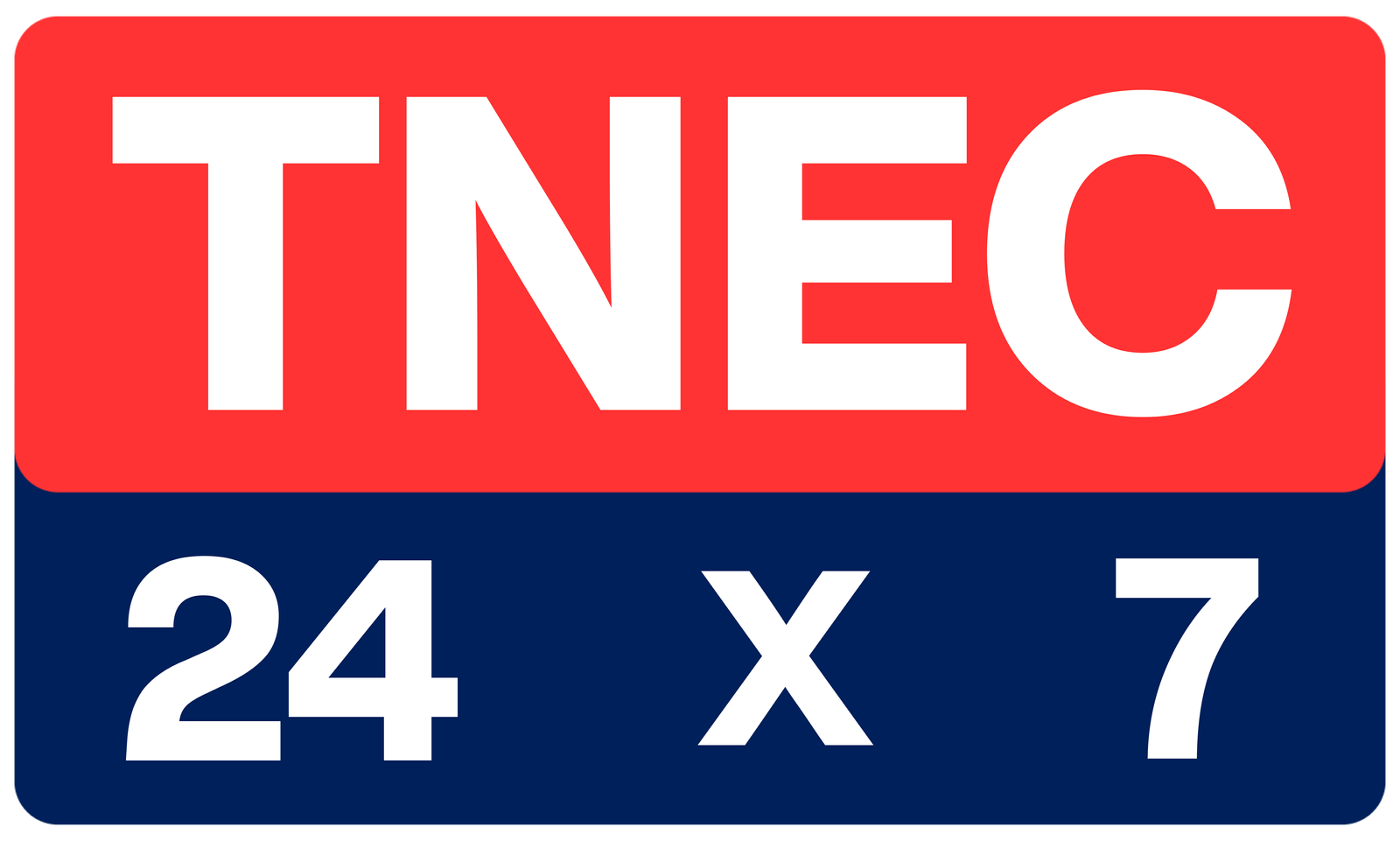Key Highlights
The emergence of artificial intelligence (AI) has revolutionized various creative domains, including art and design. A recent trend captivating the digital community involves generating images in the distinctive Ghibli-style, reminiscent of the renowned Japanese animation studio’s aesthetic. This development has sparked both enthusiasm and debate among artists, technologists, and fans alike.
The Rise of Ghibli-Style AI Imagery

AI-powered tools have made it increasingly accessible for users to create images that emulate the unique visual style associated with Studio Ghibli. By inputting prompts or personal photos, these tools can produce illustrations that capture the whimsical and detailed artistry characteristic of films like My Neighbor Totoro and Spirited Away. This process, often referred to as “Ghiblification,” has gained significant traction on social media platforms, with users sharing their AI-generated creations.
For instance, Seattle engineer Grant Slatton’s Ghibli-style AI image recently went viral, showcasing the widespread appeal of this trend. Slatton’s creation exemplifies how AI can democratize art creation, allowing individuals without formal artistic training to produce visually captivating pieces.
Ethical and Legal Considerations
While the ability to generate Ghibli-style images using AI has been met with excitement, it has also raised important ethical and legal questions. Concerns center around intellectual property rights, as these AI models are often trained on existing artworks without explicit permission from the original creators or studios. Hayao Miyazaki, co-founder of Studio Ghibli, has previously expressed strong disapproval of AI in creative processes, describing it as an “insult to life itself.”
Legal experts question whether companies like OpenAI had authorization to use Studio Ghibli’s work for training their models. Unauthorized use could lead to potential copyright infringements, especially when AI-generated images closely mimic the original style. Artist Karla Ortiz has criticized such practices, highlighting the exploitation of Ghibli’s branding without consent and underscoring the broader implications for artists’ rights.
Privacy Concerns with AI Image Generators
Beyond intellectual property issues, the use of AI image generators raises privacy concerns. Users often upload personal photos to these platforms to create Ghibli-style images, potentially exposing sensitive information. Activists and cybersecurity experts warn that such data could be misused if not properly handled by the AI service providers.
Alternative Tools for Creating Ghibli-Style Images

For those interested in exploring Ghibli-style AI art, several tools are available:
- PhotoFunia: An online platform offering various filters and effects that can give photos a vintage or storybook feel, akin to the Ghibli aesthetic.
- DeepArt: Utilizes neural networks to transform images into artworks inspired by different styles, including those reminiscent of Studio Ghibli.
- Dreamscope: Provides a range of artistic filters that can be applied to photos to achieve a Ghibli-like appearance.
While these tools offer creative opportunities, users should remain mindful of the ethical and privacy considerations associated with AI-generated art.
The advent of AI-generated Ghibli-style images represents a fascinating intersection of technology and art, enabling broader participation in creative expression. However, it also necessitates a careful examination of the ethical, legal, and privacy implications inherent in using AI for artistic replication. As this trend continues to evolve, it is crucial for users and developers to navigate these challenges responsibly, ensuring respect for original creators’ rights and the protection of personal data.
The Future of Ghibli-Style AI Art
As AI technology continues to advance, the future of Ghibli-style AI-generated art remains a fascinating and unpredictable frontier. With more artists and hobbyists using AI tools to explore the boundaries of creative expression, it’s likely that we’ll see even more stunning and intricate AI art emerging. While concerns around intellectual property and privacy remain, the potential for AI to revolutionize the creative process is undeniable. As we move forward, finding a balance between technological innovation and respect for original creators will be key to ensuring that the world of AI-generated art continues to thrive responsibly.
Also Read : Myanmar Earthquake: Death Toll Surpasses 2,000 As Rescue Efforts Continue












